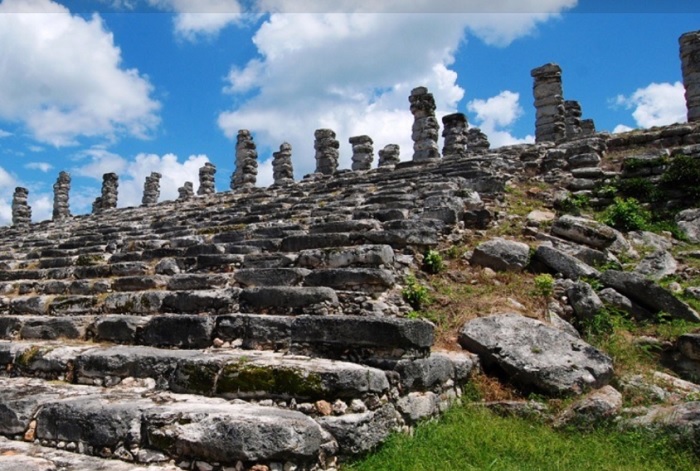Just 35 kilometers (22 miles) from Mérida stands one of the least known archaeological areas of Yucatán, but it had great relevance during the pre-Hispanic era, mainly due to having a connection with Izamal.
It is Aké, an ancient Mayan city that extended over four square kilometers and where it is currently possible to see its structure known as The Palace and a wide esplanade called the Great Plaza.
The walls that surround the pre-Hispanic site delimit the ceremonial area from the habitation area and lead to the assumption that some conflicts probably occurred due to its location as a connector between Izamal and Mérida.
It is estimated that this place had different stages of occupation, beginning in the Late Preclassic (300 BC-300 AD) while the last records of settlements date from the Postclassic (1300-1450 AD).

yucatan.travel/archeological-area/ake/
The National Institute of Anthropology and History (INAH) states that the relevance of this ancient Mayan city lies in the relations it had with Izamal. The road (sacbé) that linked Aké and Izamal can still be appreciated by the public in an extension of 32 kilometers long.
In addition, it also had influence in the Río Bec region in Campeche and Cobá in Quintana Roo. INAH figures indicate that this archaeological zone received around 17,200 visitors last year.
TYT Newsroom


